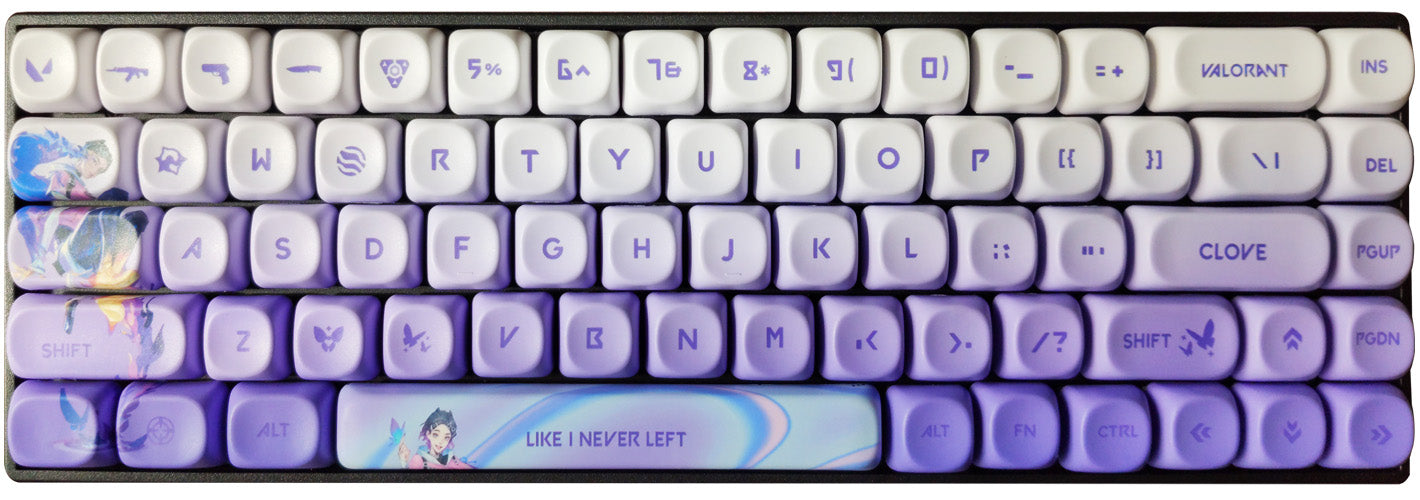Are Mechanical Keyboards Truly Superior? Exploring the Top 5 Benefits
Space-saving design with essential arrow keys conveniently located
Take a moment to examine your current keyboard. Are there multiple keys you haven’t touched in the past day—or even week? These keys might bear labels like F1 through F12, "Insert," or "Pause/Break," and have probably gone unused since the mid-90s. If you're questioning the necessity of these numerous keys, congratulations—you might be ready for a 65% keyboard.
Whether you’re an avid keyboard enthusiast or just venturing into the realm of premium typing tools, this guide will explain what a 65% keyboard is, highlight three significant benefits over other types of keyboards, and recommend three top options currently available.

What is a 65% Keyboard?
A 65% keyboard is a compact computer input device, approximately 65% the size of a full-sized keyboard. This reduction in size is achieved by removing less frequently used keys and arranging the remaining ones into a tighter cluster. A typical 65% keyboard omits the numeric keypad (the calculator-like array of numbers and math symbols), function keys, and some navigation keys. Arrow keys are retained but are typically placed closer to the bottom right side of the keyboard, sometimes by shortening the spacebar and right shift key. If you need more navigation keys like Home, End, and Insert, you might consider a 70% keyboard layout, which is less common but offers additional functionality.
3 Advantages of Using a 65% Keyboard
Now that you understand what a 65% keyboard is, here are three reasons why you might want to make the switch.
1. They free up significant desk space
By eliminating the function row and many side keys, 65% keyboards are notably smaller both vertically and horizontally compared to full-sized keyboards. They occupy even less space than other compact layouts such as tenkeyless (TKL) keyboards or 75% keyboards. This size reduction can transform your keyboard from a dominant desk fixture to a sleek, space-efficient accessory.
2. They keep essential keys within easy reach
For advanced users or those relying on legacy software, you might miss the function row and pause/break keys. But for most people, these keys are seldom used and take up space that could be better utilized. The layout of a 65% keyboard fits modern computing needs efficiently, providing easy access to the keys you use daily. Unlike the 60% layout, it retains dedicated arrow keys, making it convenient to navigate through files or scroll webpages without a mouse.
3. They are easy to customize
A 65% mechanical keyboard typically has about 68 keys compared to the 108 keys on a full-sized keyboard. This makes customizing a 65% keyboard both cost-effective and quicker—fewer keys mean fewer keycaps and switches to buy, pull out, and replace. Additionally, the higher key density and reduced blank space between key clusters offer a larger canvas for personalization.

